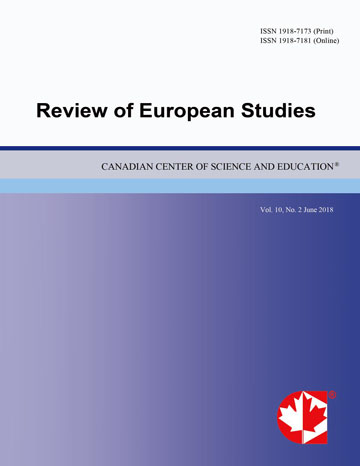The Culture of Exile and Narratives of Resistance: A Study of Munif’s Cities of Salt and Naipaul’s the Middle Passage
- Fatma Taher
Abstract
Fictional texts still remain a forceful medium in understanding the turbulent global culture at the end of the millennium. The language of literature is greatly affected by the struggle between two mutually opposed forces: the oppressor and the resisting power of the oppressed. The oppressed and the exploited of the earth maintain their defiance: liberty, through resistance. The biggest weapon against this defiance is to annihilate their belief in their past, roots, culture, or even their names and ultimately in themselves. It makes them want to identify with that which is remote; for example other people’s language. Ideas are implanted that any possibility of success or triumph is a remote ridiculous dream. This in turn creates a collective despair and a wasteland where the oppressor presents himself as the cure.
Remembering, looking back in anger or even imagining are all acts of resistance and of lending coherence and integrity to a history and a homeland interrupted, divided or compromised by instances of loss. Redressing forcibly forgotten experiences, allows the silences of history to come into word, and makes us imagine alternative scripts of the past, hence invariably changes our understanding of the present.
The present paper aims at investigating narratives that recuperate losses incurred in migration, exile and dislocation. Forced or voluntary immigration is discussed as part and parcel in the narratives that originate at border crossings and that cannot be bound by national borders, languages or traditions through Naipaul’s The Middle Passage, and Munif’s Cities of Salt, where the chaotic dynamics of a world constantly on the move creates resistance and possibly confrontations, mirroring the fragmented consciousness of postmodern culture elucidated by HomiBhabha and Frantz Fanon.
- Full Text:
 PDF
PDF
- DOI:10.5539/res.v8n3p56
Index
- ACNP
- CNKI Scholar
- DTU Library
- Elektronische Zeitschriftenbibliothek (EZB)
- EuroPub Database
- Excellence in Research for Australia (ERA)
- Genamics JournalSeek
- Google Scholar
- Harvard Library
- HeinOnline
- Infotrieve
- JournalTOCs
- Mir@bel
- Open policy finder
- RePEc
- ResearchGate
- ROAD
- Scilit
- Technische Informationsbibliothek (TIB)
- The Keepers Registry
- Universe Digital Library
- WorldCat
Contact
- Paige DouEditorial Assistant
- res@ccsenet.org
